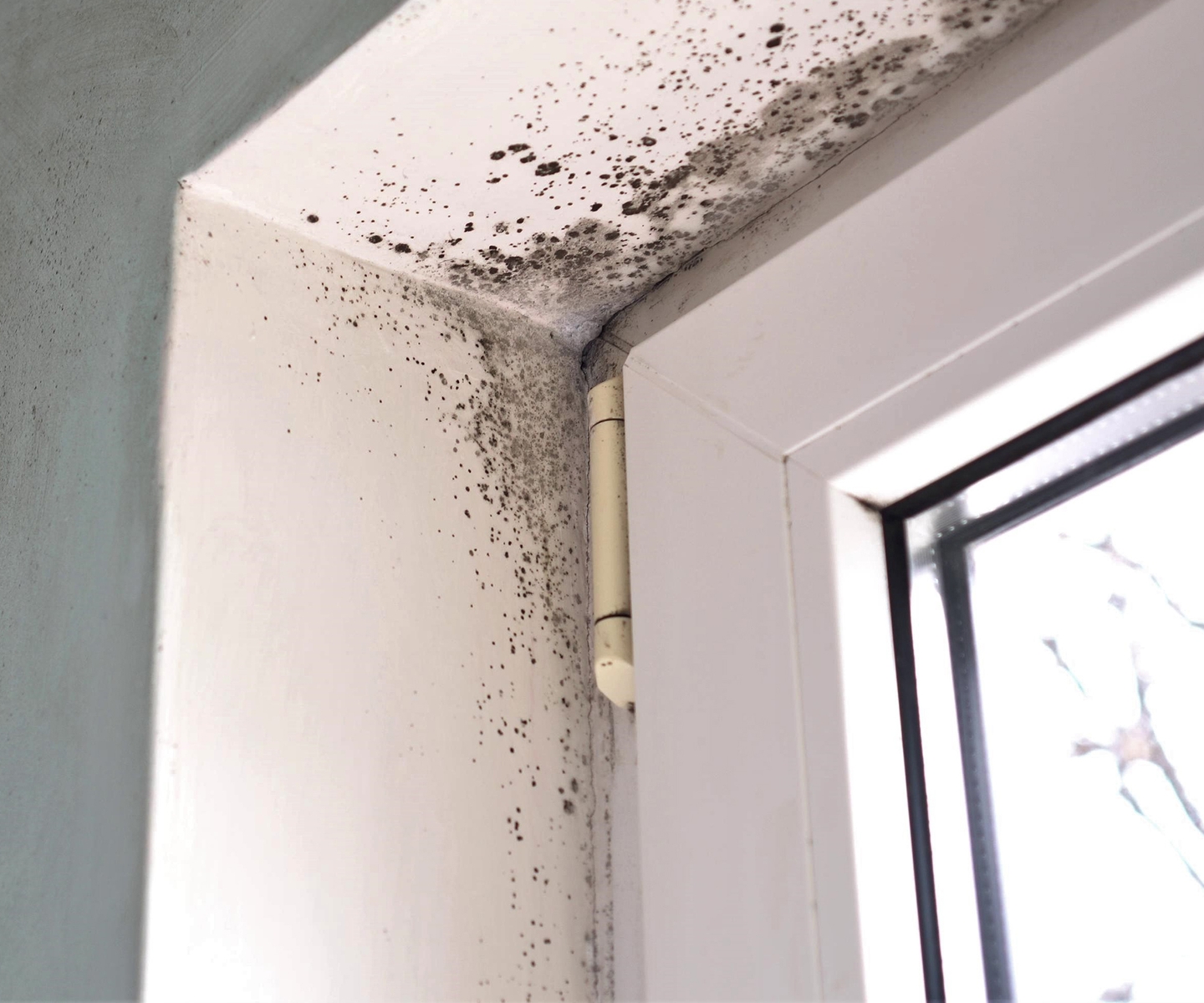Guidance on What to Do After Mold Remediation
Guidance on What to Do After Mold Remediation
Blog Article
Effective Post Mold And Mildew Remediation Solutions for Your Home
Mold growth in homes can be a consistent problem, usually requiring a methodical technique for efficient post-remediation options. From comprehending the aspects that add to mold development to executing proper cleaning techniques and dampness control actions, the procedure can be detailed yet critical for keeping a healthy and balanced living atmosphere. Furthermore, checking out natural remediation remedies and developing a regular for continuous maintenance are vital elements of an extensive mold removal approach. As house owners aim to deal with mold problems, locating one of the most effective solutions comes to be extremely important for the health of their families.
Comprehending Mold And Mildew Growth Aspects
Mold development is influenced by a selection of factors that are vital to comprehend in order to successfully deal with and avoid its proliferation. Comprehending these variables is important in carrying out successful mold removal strategies. The main factor adding to mold growth is wetness. Mold and mildew spores call for moisture to germinate and prosper, making moist or damp environments highly prone to mold and mildew infestations. Poor ventilation can additionally lead to moisture accumulation, producing an ideal breeding ground for mold.

Additionally, airflow and light exposure can affect mold growth. Areas that do not have proper air flow and natural light are extra prone to mold and mildew advancement. By addressing these variables comprehensively, people can properly alleviate mold growth and guard their living atmospheres.
Correct Mold Cleansing Techniques
Using effective cleaning approaches is vital in preventing the recurrence and attending to of mold and mildew contamination in interior atmospheres. When managing mold, it is important to focus on safety by using safety gear such as masks, gloves, and safety glasses. The primary step in appropriate mold and mildew cleansing is to have the affected area to avoid the spread of spores to unpolluted locations. This can be achieved by sealing off the area and making use of air scrubbers or adverse air equipments to maintain air high quality.

Executing Wetness Control Measures
To successfully avoid mold and mildew growth and contamination in indoor settings, executing dampness control measures is paramount. Wetness is the key factor that fuels mold and mildew growth, making it important to take care of humidity levels within the home. One efficient action is to use dehumidifiers to maintain indoor humidity levels listed below 60%. In addition, guaranteeing appropriate air flow in locations prone to moisture accumulation, such as washrooms and kitchens, can help in reducing the danger of mold and mildew development. Routinely checking and fixing any type of leakages in pipes, roofing systems, or windows is likewise necessary in protecting against excess dampness buildup. link Making use of exhaust followers while food preparation or showering, and enabling air flow by keeping furniture slightly away from walls can assist in dampness control. In addition, making use of moisture-resistant products in high-humidity locations, such as mold-resistant drywall and paints, can be helpful. By carefully carrying out these moisture control steps, property owners can efficiently reduce the chance of mold and mildew recontamination and preserve a healthy interior setting.
Utilizing Natural Remediation Solutions
After effectively executing wetness control measures to prevent mold and mildew development in indoor environments, property owners can currently discover the performance of natural remediation solutions in keeping a healthy and balanced living room. Natural removal options use environmentally pleasant this approaches to fight mold and mold, making them a prominent choice for those looking for safe alternatives. By incorporating these all-natural remediation solutions into their cleaning regimens, house owners can effectively combat mold and mildew growth while advertising a healthier indoor atmosphere for themselves and their families.

Maintaining a Mold-Free Setting
Regularly inspecting areas prone to mold and mildew development, such as washrooms, cooking areas, attic rooms, and basements, is crucial. Proper ventilation in locations with high moisture degrees is likewise essential to stopping mold growth.
Furthermore, keeping cleanliness in the home is crucial for mold and mildew prevention. Maintaining interior plants in check and guaranteeing proper drain in exterior landscape design can minimize wetness accumulation, lowering the likelihood of mold and mildew invasions.
Verdict
To conclude, it is important to attend to mold development aspects, utilize appropriate cleaning strategies, carry out moisture control steps, make use of all-natural remediation options, and preserve a mold-free setting in order to successfully handle post mold and mildew remediation in your house - Post Mold Remediation. By adhering to these techniques, you can prevent mold from reoccuring and guarantee a healthy and balanced living atmosphere for you and your family members
The primary element adding to mold development is dampness. Mold spores call for moisture to grow and germinate, making wet or humid environments extremely at risk to mold invasions.To properly prevent mold and mildew development and contamination in interior environments, carrying out dampness control measures is vital. In addition, guaranteeing proper ventilation in areas vulnerable to Click Here moisture accumulation, such as shower rooms and kitchens, can assist reduce the threat of mold and mildew growth.After successfully implementing dampness control procedures to protect against mold growth in interior atmospheres, property owners can now discover the effectiveness of natural remediation services in preserving a healthy and balanced living room.
Report this page